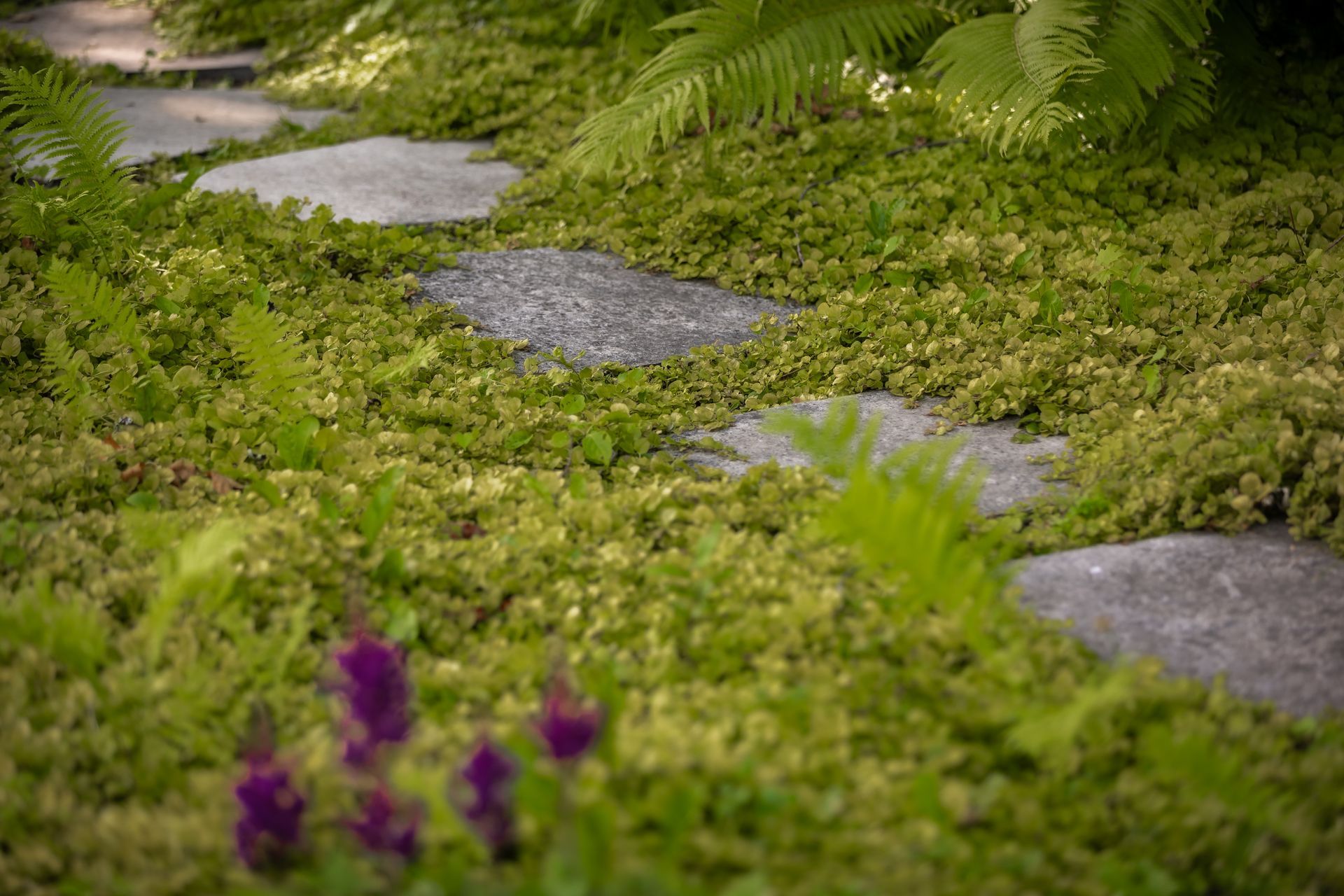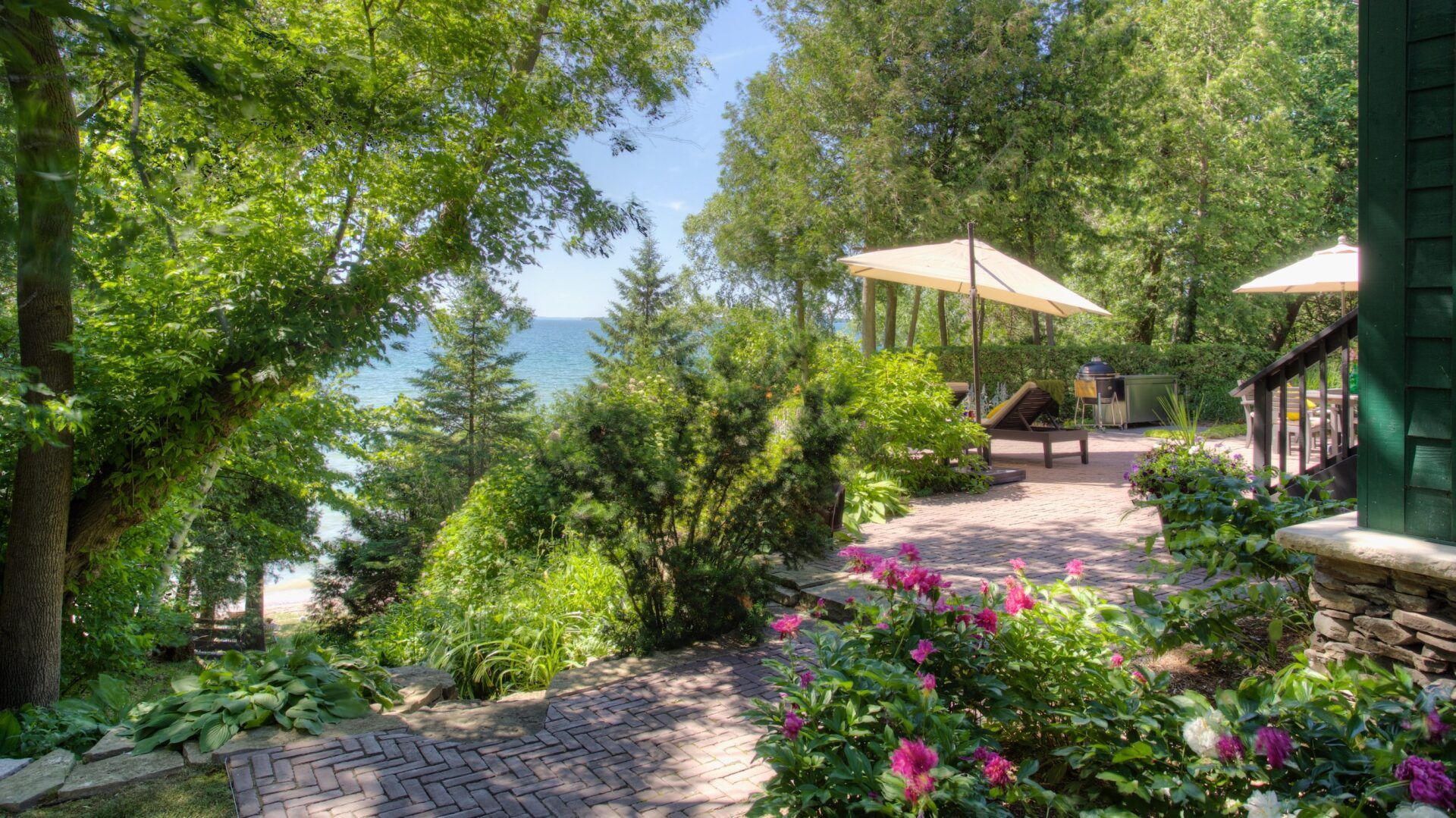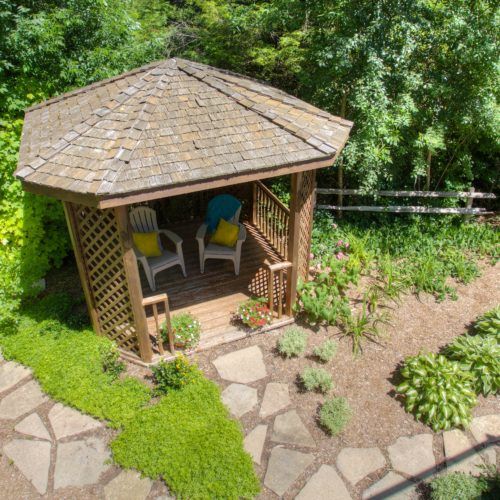From Shoreline to Backyard: Practical Ways to Restore Local Ecosystems
When we picture environmental restoration, we often imagine large-scale conservation projects. But some of the most powerful ecological transformations can begin right at home. Restoration doesn’t always require grand gestures—it often starts with a simple shift in perspective and a willingness to understand the land right outside our door.
At Parklane Landscapes, we’ve spent decades partnering with homeowners, municipalities, and community groups to bring life back to the natural spaces that surround us. Whether we’re restoring the edge of a lake or reimagining a suburban yard, the principles remain the same: work with nature, not against it.
One of the most vital and rewarding aspects of our work is shoreline restoration. Healthy shorelines play a critical role in protecting water quality, preventing erosion, and supporting the biodiversity of our lakes and rivers. Yet too often, they’re disrupted by retaining walls, compacted soils, or manicured lawns that block the natural processes these ecosystems depend on. By working alongside local conservation authorities, we help restore sensitive shorelines across the region—removing artificial barriers, regrading slopes, and planting deep-rooted native species. These efforts support resilient, biodiverse ecosystems and create essential habitat for frogs, turtles, pollinators, and migratory birds. In the face of increasing storm events and shifting weather patterns, naturalized shorelines also enhance climate resilience and improve stormwater management.
But you don’t need a lakefront property to make a difference.
The same ecological principles that guide our shoreline projects apply in urban and suburban settings. Thoughtful design solutions like rain gardens, bioswales, native plantings, and permeable paving can significantly reduce runoff, filter pollutants, and create habitat—even on a standard residential lot. Strategic grading and plant selection help water soak into the soil where it belongs, rather than flooding driveways or flowing untreated into nearby water bodies.
We work with homeowners to reimagine their outdoor spaces as part of a larger ecosystem. Swapping out turf grass for native wildflowers and grasses, introducing logs and rocks for habitat, or simply letting a slope return to a more naturalized state can restore ecological function and bring unexpected beauty to your yard.
Nature has an incredible capacity to heal—but it often needs our support. From stabilizing shorelines to transforming backyards, restoration starts with the land right outside your door.
Ready to reimagine your landscape? Contact Parklane Landscapes and take the first step toward a more sustainable, resilient future.








